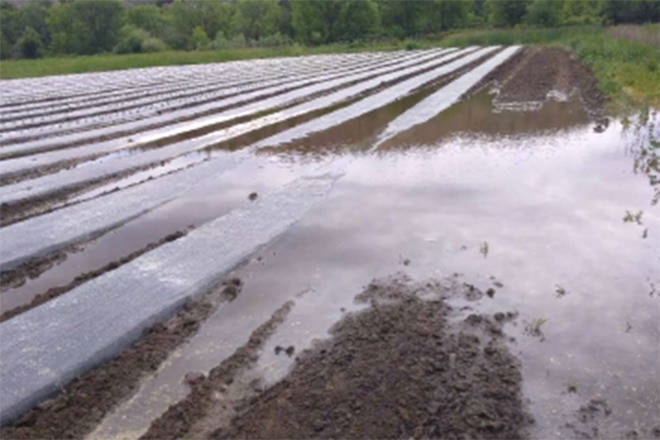The mosquito control program in the Regional District of Okanagan-Similkameen has started and residents are being reminded to keep an eye out for potential breeding grounds around their homes.
The nuisance mosquito control program is driven by resident request for private lands for those who have standing water bodies.
According to the RDOS, control crews sample water at identified sites throughout the region for the presence of mosquito larvae. If the site requires treatment, a naturally occurring granular bacterial larvicide is applied to the water that kills mosquitos and biting black fly at their larval stage — it does not kill adult mosquitoes. The RDOS said it also does not harm other insects, amphibians, reptiles, fish, birds or mammals. When the water bodies get too large to treat manually, a helicopter is deployed to insure adequate coverage.
The RDOS is asking residents to ensure screens are mended and to clean and unclog eavestroughs and gutters to remove water from any depressions on your roof. Standing water should be removed from other spaces such as pails, boats, hotter and pool covers, tires, plant pots, rain barrels and tarps. Another tip offered is to refresh outdoor pet dishes and birdbaths daily.
Anything that can hold water, for 72 hours or more, provided an excellent habitat for developing mosquitos. Yard items such as stormwater catch basins, ephemeral ponds and wading pools are also all places that can harbour breeding mosquitos.
To report a typo, email: editor@pentictonwesternnews.com.
<>@PentictonNews
newstips@pentictonwesternnews.com
Like us on Facebook and follow us on Twitter.
